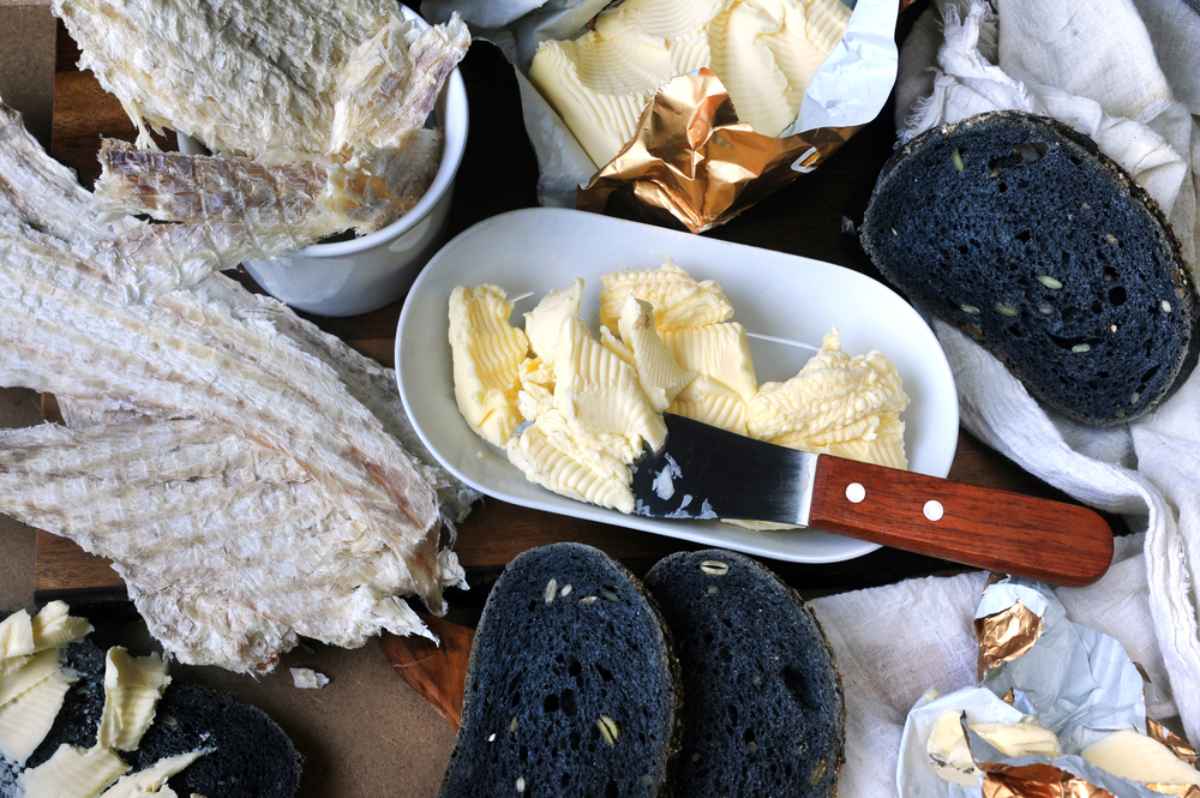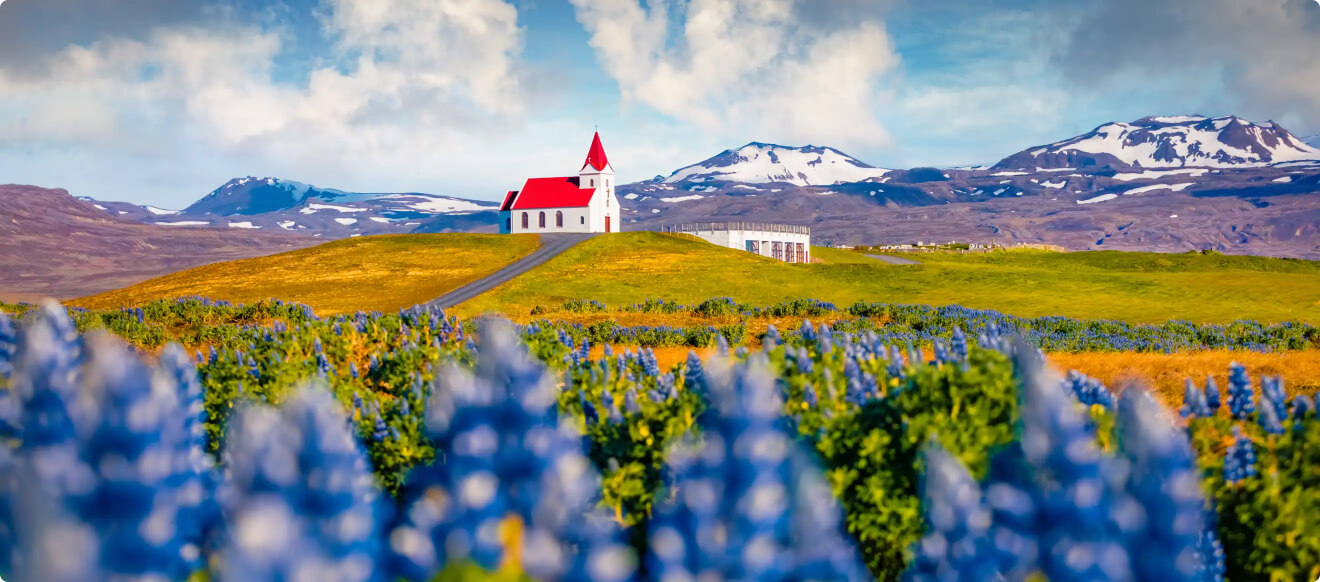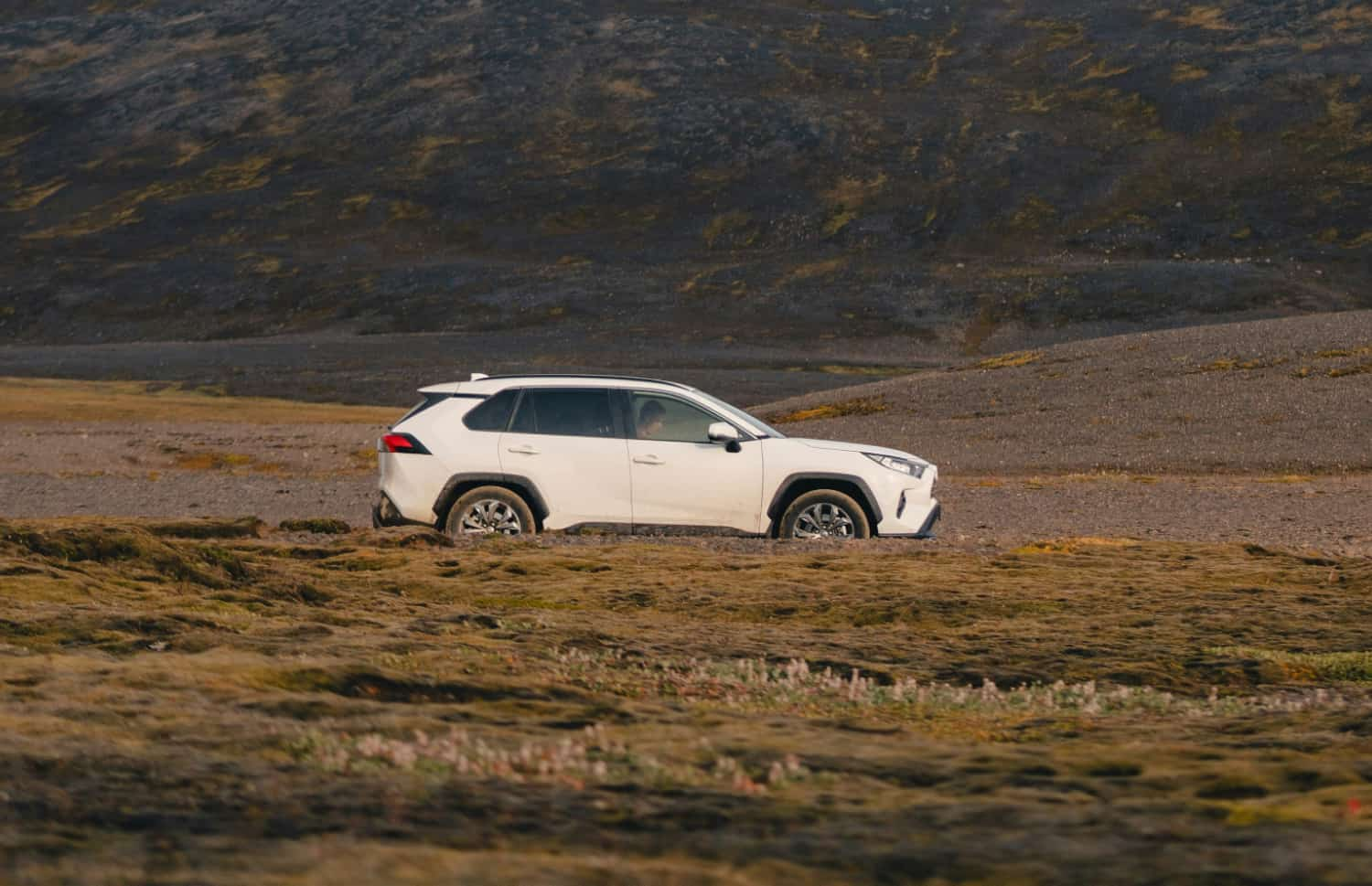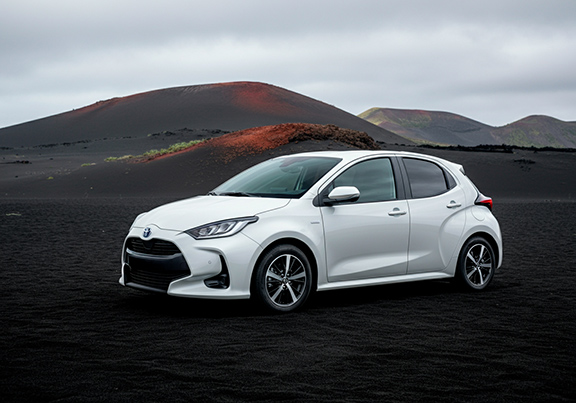Most visitors to the island have heard about Icelandic food such as fermented shark and Puffin, and although you will still find these types of traditional food here in Iceland, the local cuisine has evolved into all sorts of culinary delights.
In this article, we delve into the Icelandic food culture and answer all your frequently asked questions about the local cuisine. What do people eat in Iceland? What does a typical Icelandic breakfast look like? Will I find vegetarian and vegan options? What food should I try in Iceland? Keep reading to find the answers to all your questions!
An Introduction to Icelandic Food Culture
When you hear the words “Icelandic cuisine”, what springs to mind? Perhaps you picture some warming fish stew or another seafood dish. Or maybe you have absolutely no idea what eating in Iceland entails.
Many of the dishes in Iceland are designed to fill your belly and leave you satisfied. This is because, with our harsh cold climate, lighter fare like a simple salad just won't do the trick. Icelandic food is rooted in the Scandinavian cuisine that arrived here when the Norse Vikings settled the island in the 9th century, so hardy meals for a warrior nation are the order of the day.
The Icelandic Diet
It is because the Icelandic diet is so rooted in its history, that it is considered to be one of the healthiest diets in the world. This is not just our own biased opinion, but according to the Bloomberg Index.
The focus is usually on local, fresh produce and free-range meat, and as a country whose livelihood has been very dependent on the fishing industry, fish makes up a large part of the menu of typical Iceland food.
Organic Food in Iceland
As we already touched on, an Icelandic meal will consist of fresh, and organic local produce. This is not strange when taking into account how much effort the Icelanders put into living in harmony with their surroundings and being environmentally friendly.
Organic food is food where no chemicals have been used, and human intervention has been limited. In Iceland, since the climate is very harsh, pests and insects have a hard time surviving, so organic farming is actually more common than you might think.
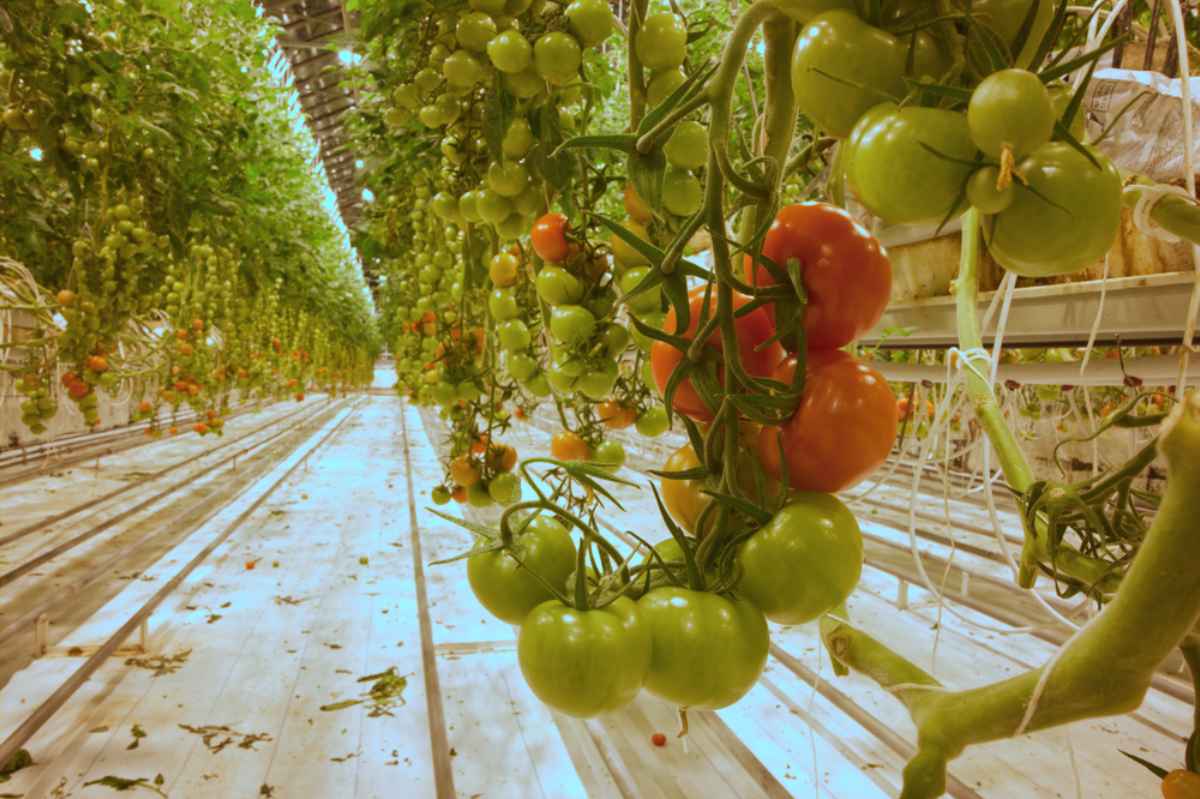
Many Icelandic farmers don’t rely on pesticides, antibiotics or hormones. Despite the harsh weather conditions, locals take advantage of the abundant geothermal energy and grow most of their plants in greenhouses.
Fun fact: a small town in the Icelandic countryside, Hveragerði, is known as the greenhouse capital of Iceland and is home to the largest banana plant in Europe. So yes, you’ll be able to buy fresh, organic, locally grown bananas in Iceland whenever you want, and you can forget about leg cramping while hiking.
Apart from bananas, you can get a plethora of organic products in Iceland, such as the protein-rich yogurt-like Skyr (an Iceland favorite). It can be found across the country.
When buying your groceries, keep an eye out for the Lifrænt label which means the produce is organic. You can also go to specific stores such as Heilsuhusid and Fru Lauga where their claim to fame is organic food in Iceland.
And if you’re not in the mood for cooking, you’ll find several organic restaurants throughout the country. We recommend Fridheimar: their meals are all based on their own organic produce and are served in the same greenhouse where the food is grown.
Traditional Icelandic Food: What do People eat in Iceland?
This is a question we often receive. Some just ask out of interest’s sake, and others want to know because they would like to try some of the strange cuisine of Iceland. Just take note that the typical food in Iceland looks vastly different from the odd traditional dishes such as fermented shark (none of us are scoffing down Puffin 24/7).
But for those who are interested in our history and want to give some of our traditional Icelandic food a try, these should be on your must-eat Iceland foods list:
Icelandic Fish and Seafood
One of the things people immediately associate with food in Iceland is fish. This makes sense, given that we are an island completely surrounded by the Atlantic Ocean. The fishing industry in Iceland has been a main source of income and food for thousands of years, and we've relied on the sea for both our livelihood and sustenance for generations.
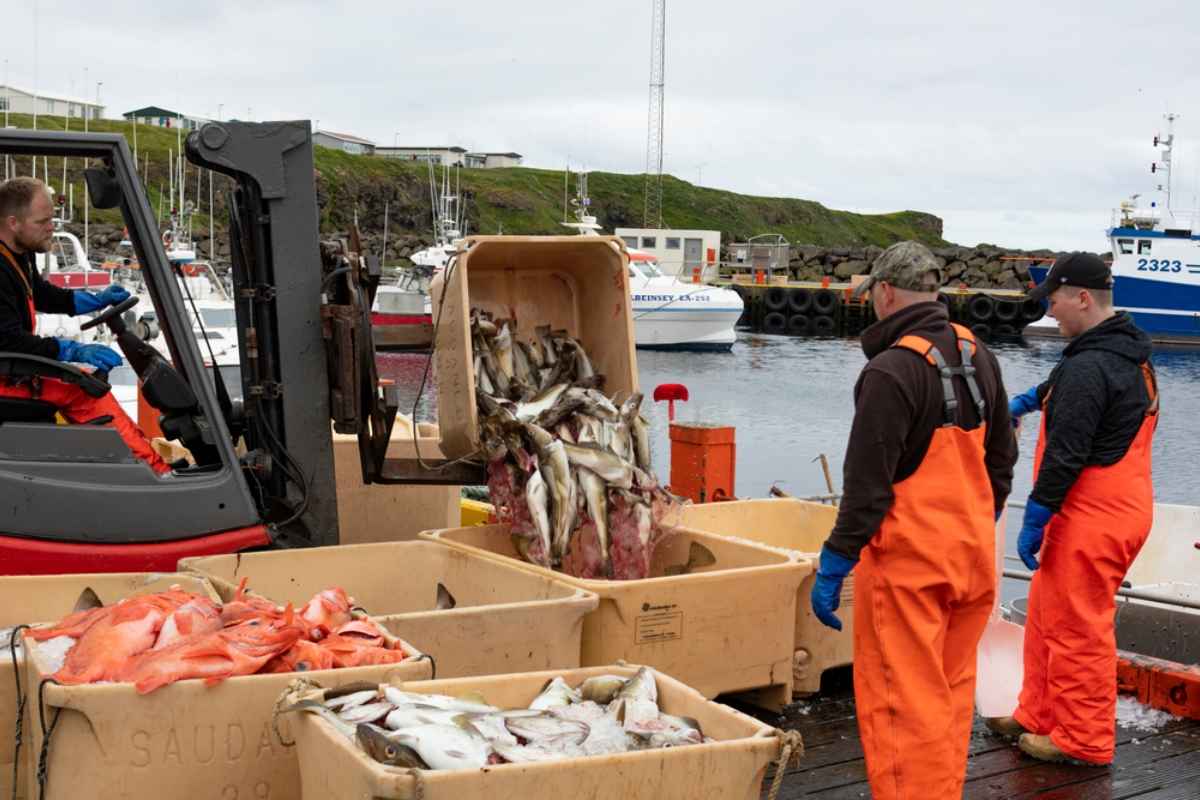
It's natural that fish and seafood are a big part of the Icelandic diet and play a starring role in Icelandic cuisine. Some of these local fish dishes are considered to be some of the best food in Iceland:
Plokkfiskur: Traditional Icelandic Fish Stew
Soups are pretty standard fare in Iceland, so it's no surprise that one of the country's favorites is a fish stew. What originally began as a way of using up leftovers has evolved into a signature dish of its own. Just throw in some boiled cod or haddock with potatoes, milk, butter, and onion, and you've got your very own Plokkfiskur.
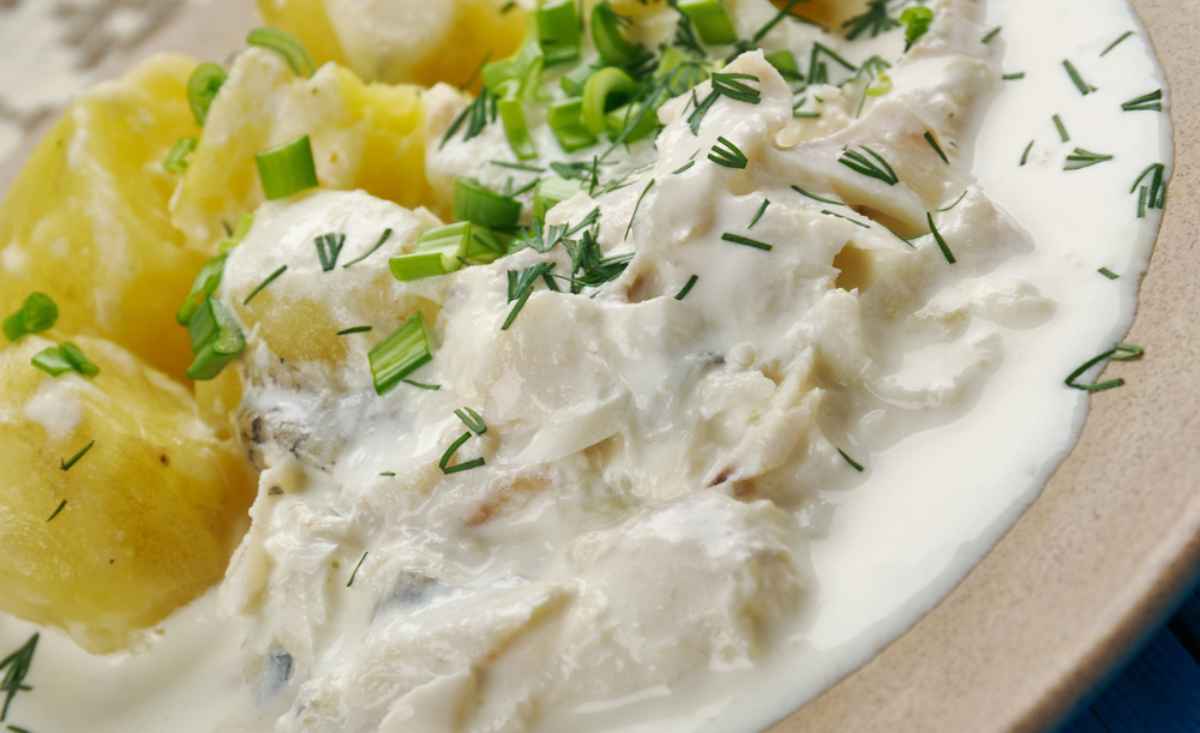
Harðfiskur: Dried Fish Jerky
If you're a fan of beef jerky, then you'll probably like Icelandic fish jerky as well. It's more of a snack than a meal it's eaten with bread and a little bit of butter. It's usually made from dried cod (but sometimes Haddock or Wolffish) and you'll find it everywhere.
You may also be pleasantly surprised to find your fish dishes accompanied by Rúgbrauð. This is traditional Icelandic dark rye bread but with a twist. It was originally baked by putting the dough into wooden casks and steaming it in the ground close to a hot spring. This unconventional baking method is now usually done in the kitchen using a baking pan.
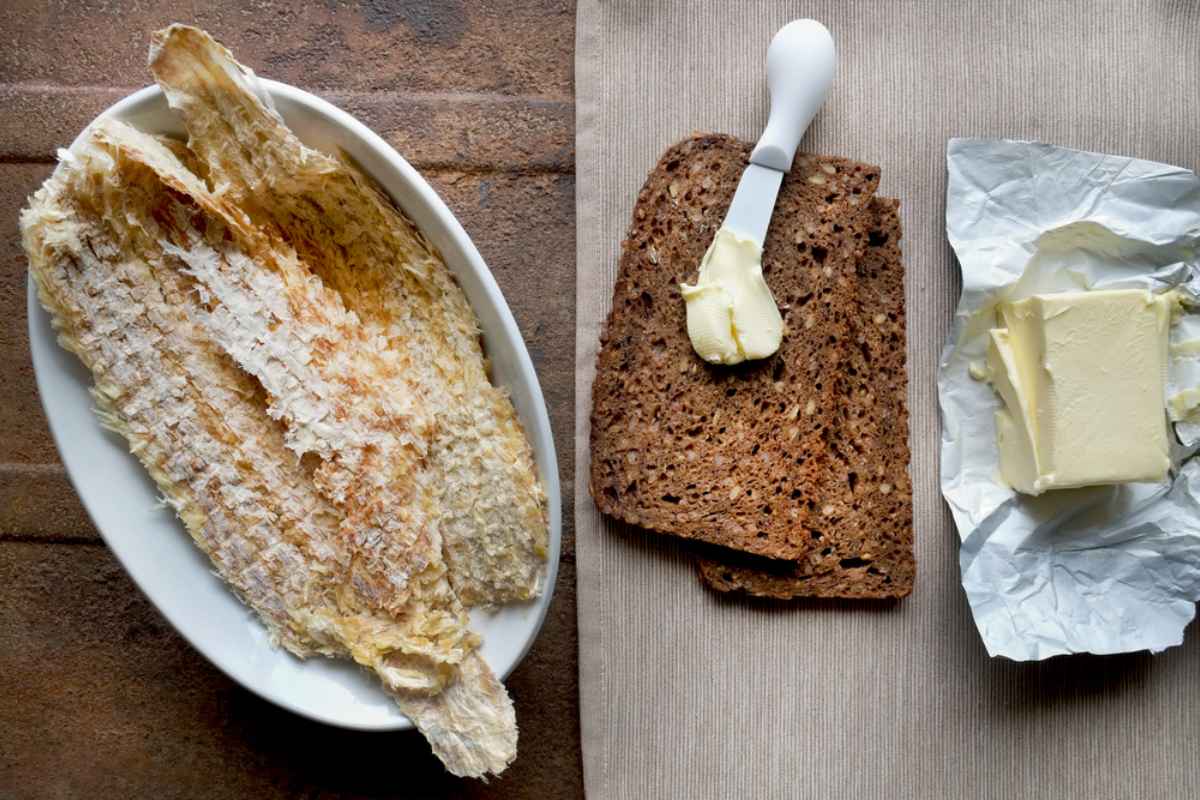
Humar: Icelandic Lobster
Humar is Icelandic Lobster in a very real sense – these are lobsters that have only been caught in the waters around Iceland. This local delicacy can be enjoyed in a variety of ways, such as in lobster soup, grilled with butter, parsley, and garlic, or grilled with a sea-flavored dip. But whichever your preference is, you cannot visit Iceland without trying this Iceland dish.
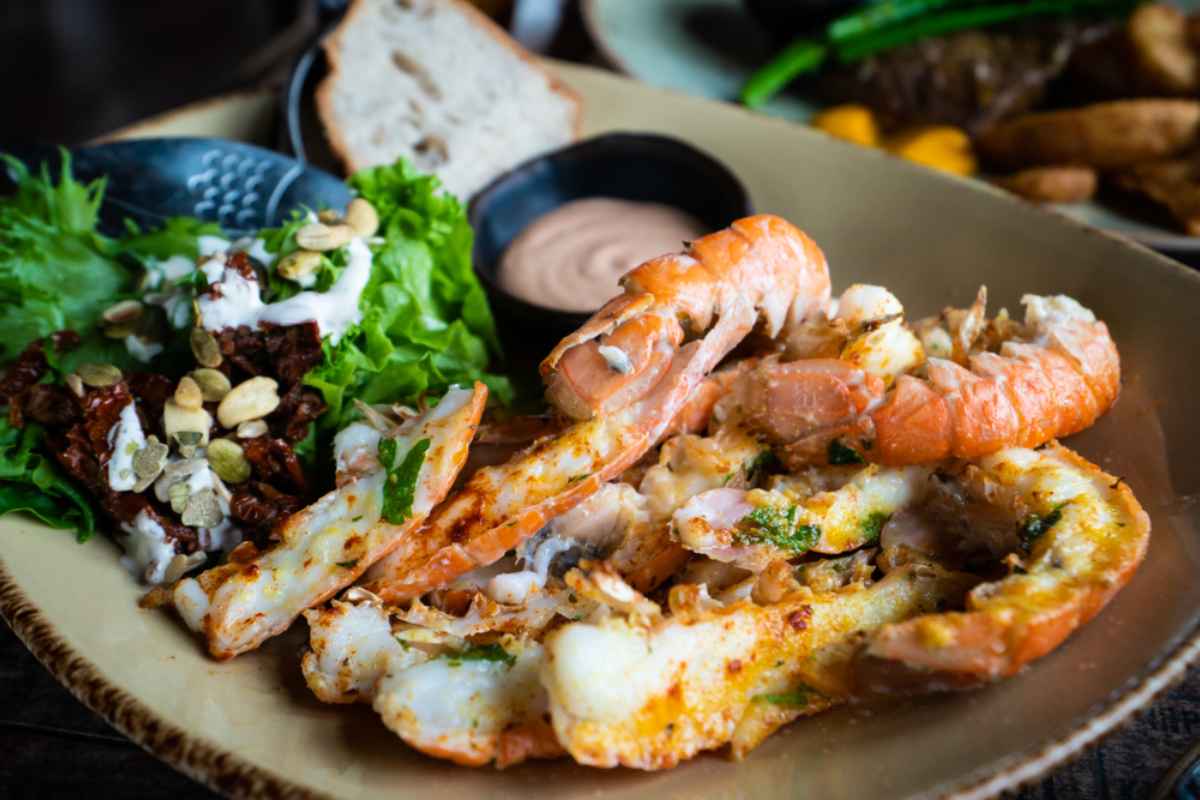
Icelandic Lamb
Icelandic Lamb should also be top of your list of what to eat in Iceland. Once again, this does not just refer to lamb found in Iceland, but an actual breed and brand. Icelandic Lamb is the result of the combined efforts of various farmers and abattoirs around the country trying to promote and protect this local delicacy.
Icelandic Lamb is slightly larger than what you might be used to back home, and these animals are raised with no antibiotics or additional hormones, resulting in exceptionally lean and flavorful meat. As is the case with lamb around the world, Iceland also has various recipes one can use Icelandic Lamb in:
Kjötsúpa: Icelandic Lamb Meat Soup
Kjötsúpa is by far one of the tastiest items on a list of the best food in Iceland. It's essentially traditional Icelandic lamb soup and is a must-eat meal during those really cold days and winter months. The stew is made with chopped vegetables, pieces of lamb, and a savory broth of Icelandic herbs. It's one of those Icelandic culinary traditions that you just might want to take back with you and recreate at home.
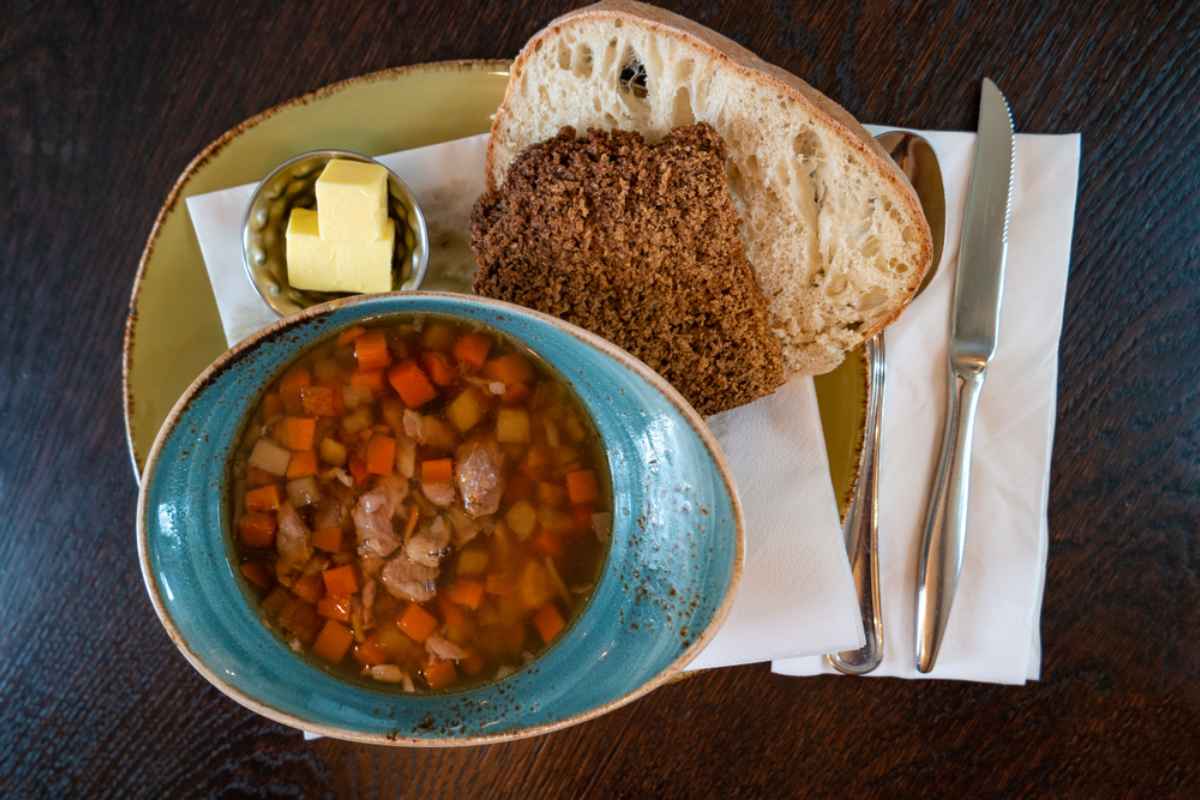
Icelandic-style Roast Leg of Lamb
This is an all-time favorite around the world, but with an Icelandic Lamb twist. Traditionally, this meal is what they eat in Iceland for Christmas or Sunday lunch, but can be enjoyed at any time. The roast is not seasoned with anything else than perhaps some salt and pepper, and it is served with some potatoes and other veg. The accompanied gravy is made from the pan drippings.
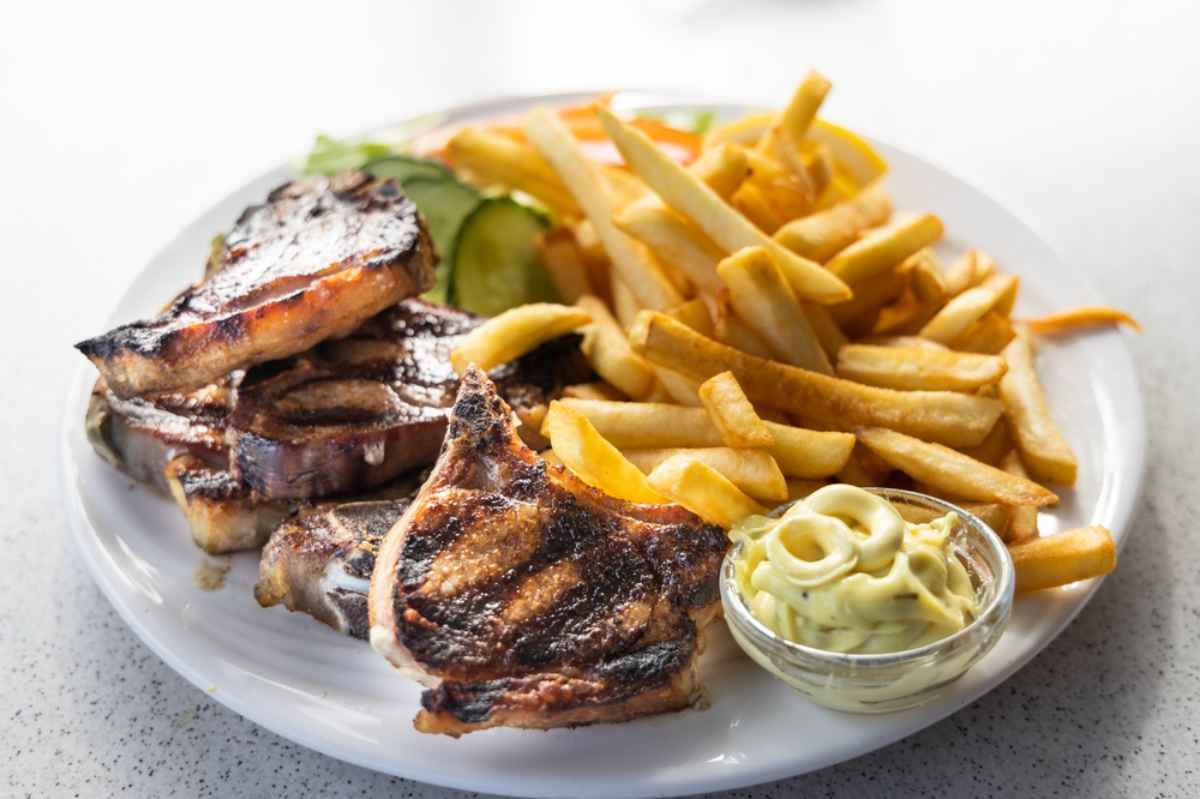
Icelandic Lamb Stew
This is a basic stew recipe and a family favorite. Simply chuck a few boneless pieces of Icelandic Lamb meat into the stewing pot along with some veggies and season with salt, pepper, and thyme. Leave the stew to simmer for at least 2 hours to ensure that the meat is nice and tender.
Icelandic Bread
If you want to know what food is Iceland known for, it’s Icelandic Bread, and probably all because of a Zac Efron Netflix series. Icelandic Bread known as Rugbraud is a rye bread that is traditionally baked in a pot or a wooden cask in the ground close to a geyser. It is essentially the heat from the geyser that bakes the bread and is therefore also aptly referred to as “hot spring bread”.
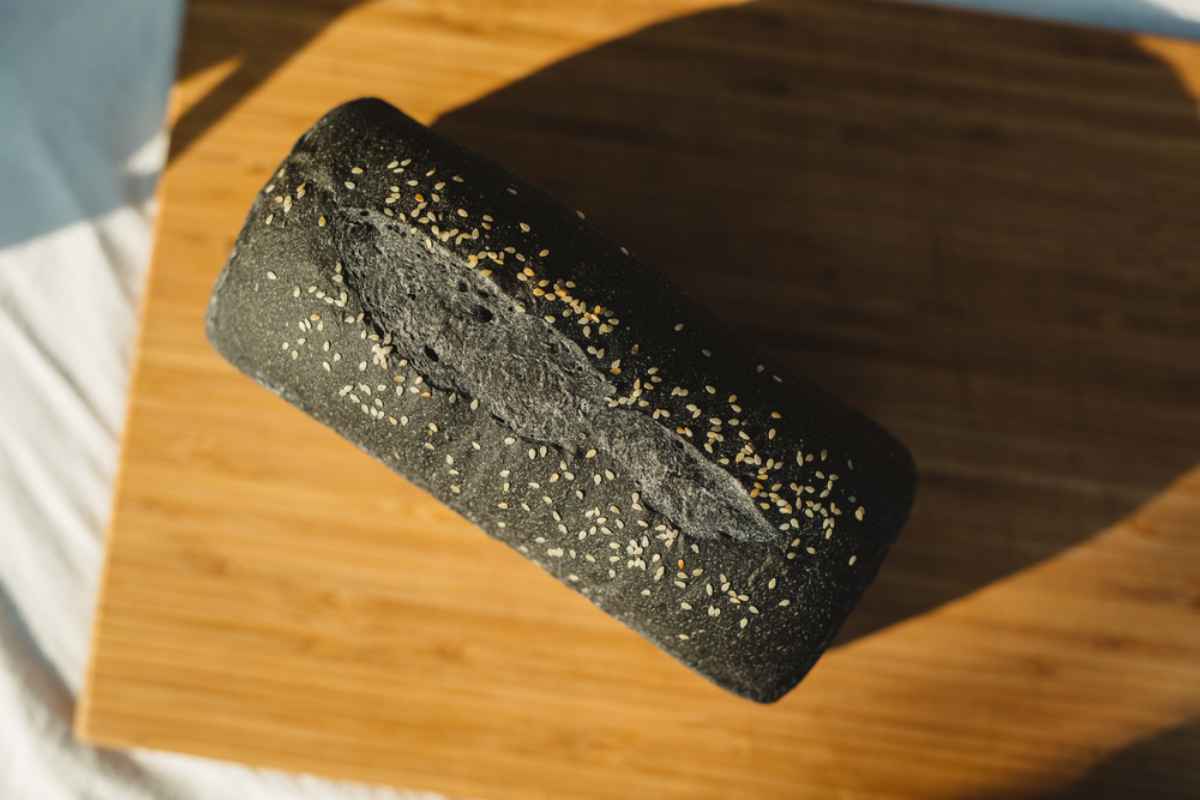
Icelandic Sweets and Confectionery
If you have a bit of a sweet tooth, these Icelandic delicacies will not disappoint:
Icelandic Ice Cream
This is probably not something that most will associate with the colder places in the world, but it’s one of the island favorites, and Icelanders have gone to great lengths to perfect this craft. You will find a good deal of ice cream stores and carts all across the country, with many being completely homemade. Be sure to try as many flavors as possible.
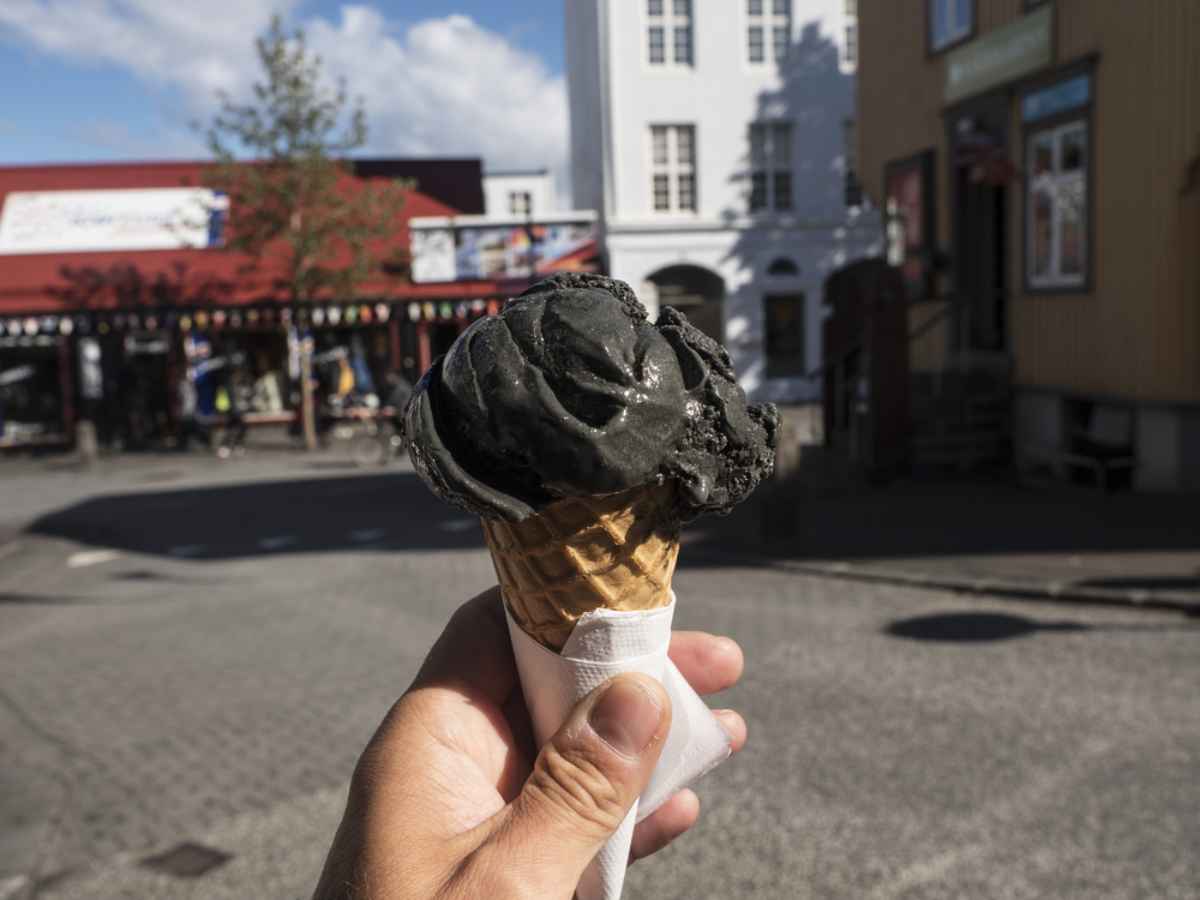
Lakkris - Icelandic Liquorice
Lakkris or Icelandic Liquorice can be enjoyed as is or as part of another sweet treat. You will find a wide variety here, such as Lakkris with white chocolate, Lakkris with sea salt, Lakkris chocolate powder balls, and much, much more.
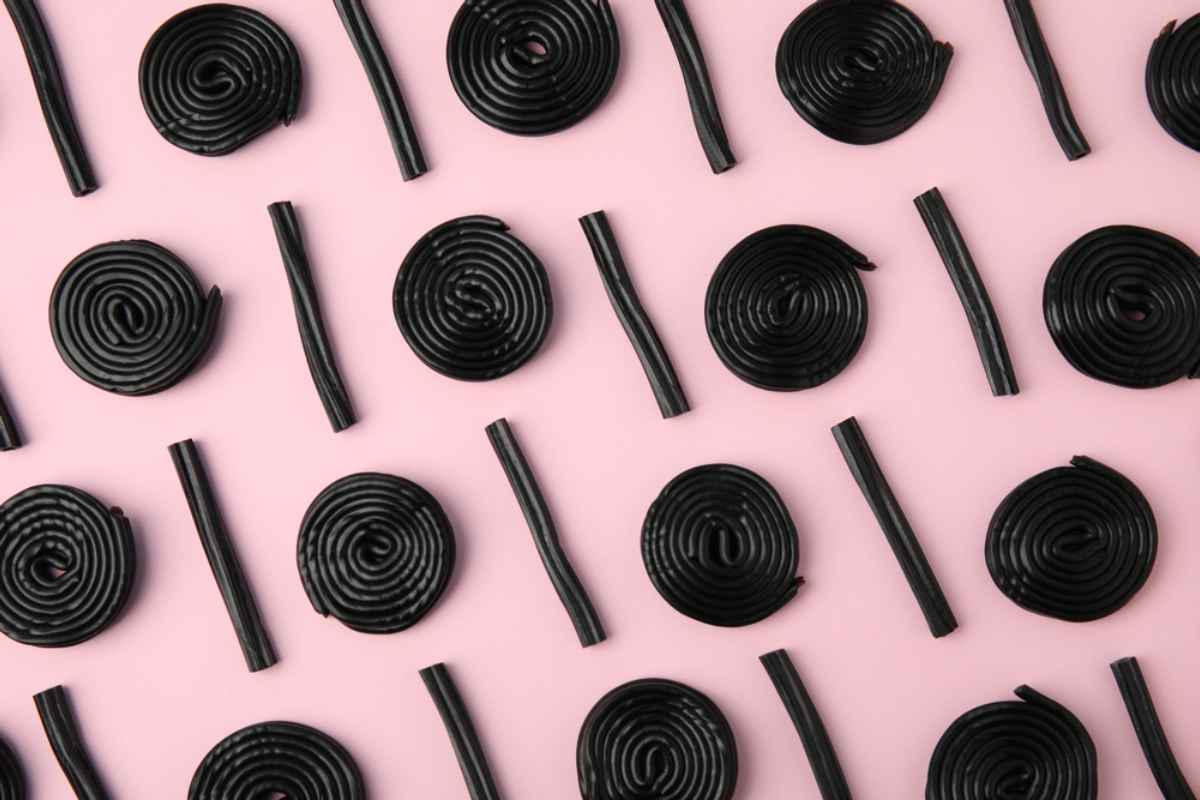
Other Icelandic Delicacies
There are some other popular Icelandic food that can also be enjoyed here on the island:
Icelandic Skyr
We already mentioned Skyr earlier in our article. Skyr is a dairy product that originated in Norway and has become a favorite here in Iceland. It reminds one of yogurt, but it definitely has a milder flavor. It is credited for being high in protein, and, just like yogurt, ranges from thick & creamy to low-fat and fat-free.
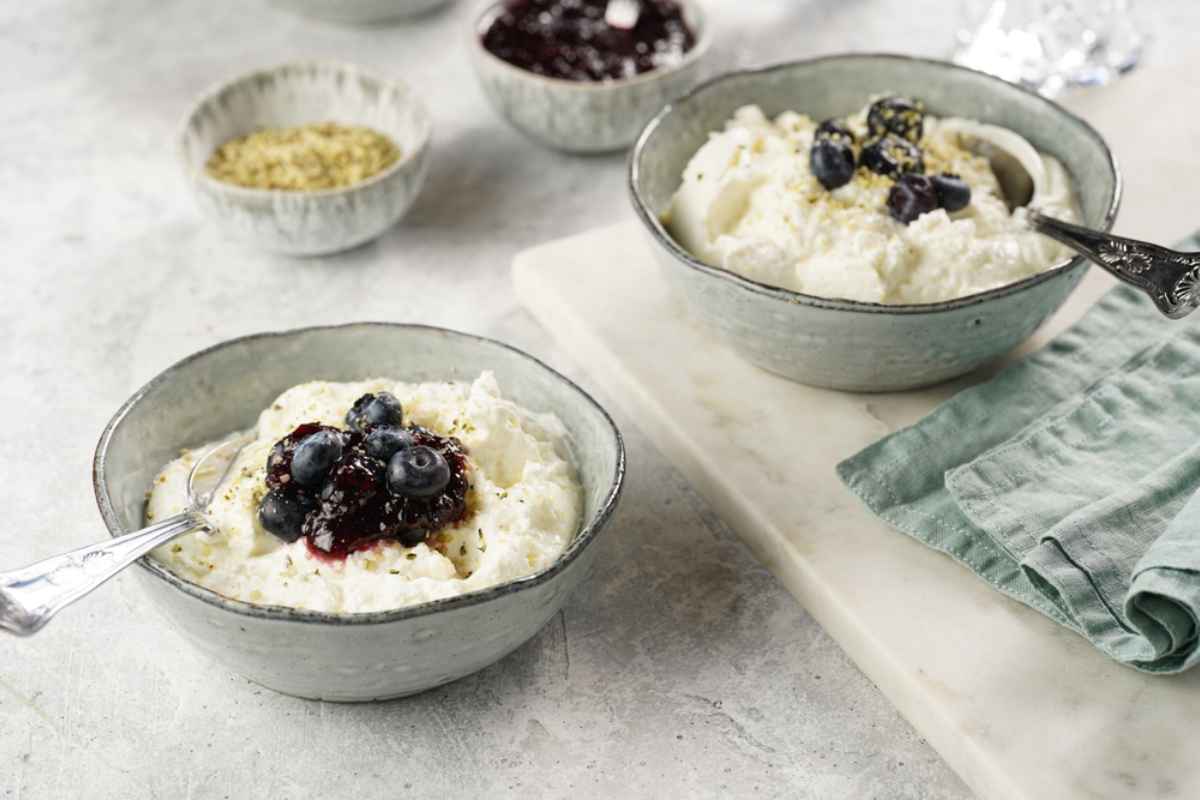
Hot Dogs: the Unofficial National Dish of Iceland
If you ask any Icelander what the national food of Iceland is, they will probably say hot dogs. Something that surprises many visitors is how much we Icelanders love our hot dogs. This Icelandic version of fast food is found everywhere. From gas stations to the Bæjarins Beztu Pylsur hot dog stand in downtown Reykjavík, you can't escape Icelandic hot dogs (pylsur).
The most popular way of eating hot dogs in Iceland is with everything or the works. Ask for “eina með öllu” so it comes with a variety of delicious toppings. Not only do you get chopped onions and crispy deep-fried onions, but there are also some special sauces.
In addition to the remoulade sauce, sweet relish, and sweet brown mustard, there's also the special Icelandic ketchup. This condiment is made with naturally sweet apples rather than tomatoes and sugar.

Kleina
One of my favorite things to eat in Iceland is Kleina. These little pieces of deep-fried dough sprinkled with powdered sugar dip perfectly into that mug of coffee in your hands. They are the perfect way to start your day, and you may find yourself returning to Sandholt bakery day after day to get your Kleina fix.
A typical Icelandic breakfast can include thick oatmeal (hafragrautur), Skyr with jam, bread with butter, and cod liver oil. But Kleina is so delicious that you might decide to upgrade it to Icelandic lunch and even Icelandic dinner.

Weird Icelandic Food
The above-mentioned is some of the popular food in Iceland and probably the traditional food in Iceland that’s “safe” for picky eaters. The following are famous Icelandic food, most likely because of its strangeness or controversy more than its taste. So, if you’ve got the guts to try some of our weird Icelandic food, these are some of the dishes to consider:
Thorlaksmessa - The day of Fermented Skate
Fermented Skate is a type of fermented fish and traditionally forms part of the Icelandic diet during December. Thorlaksmessa's day is named after a bishop and writer here in Iceland who died on 23 December 1193 and became a patron saint in 1984. In loving memory, fermented skate is eaten during Thorlaksmessa in December.
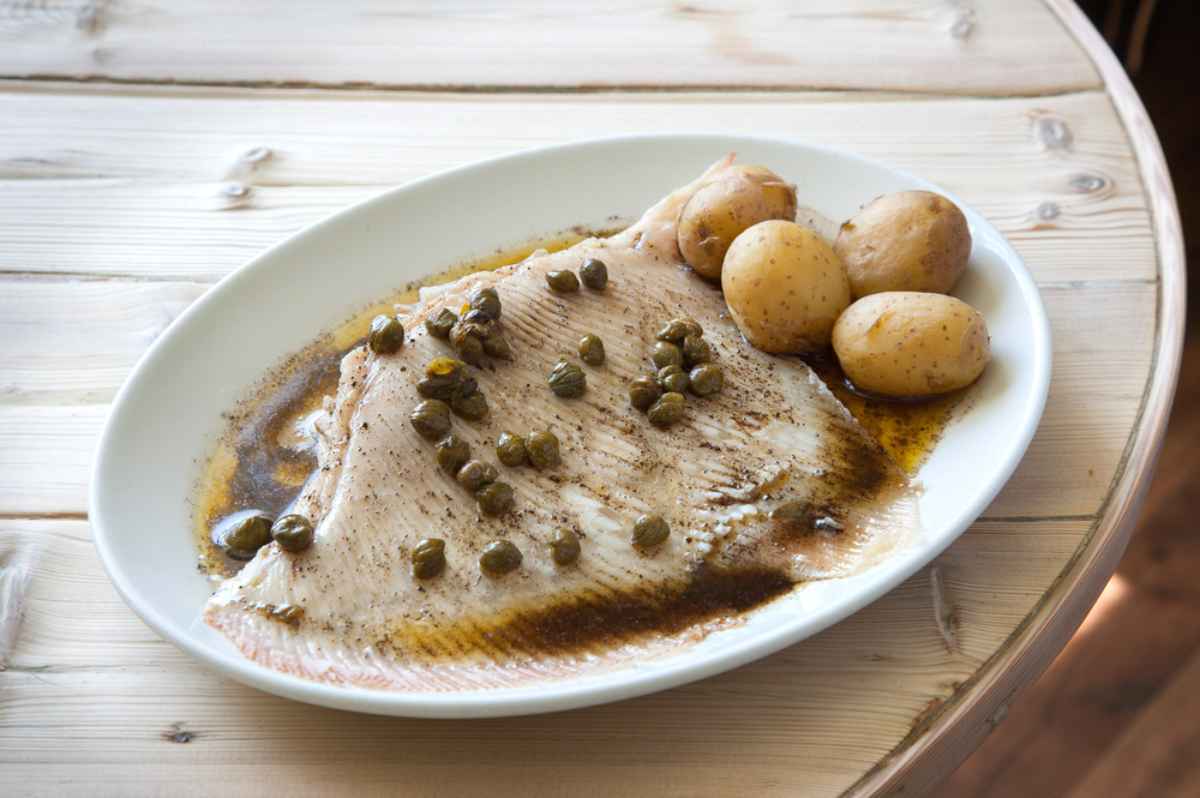
Slatur - Icelandic Liver Pudding
The word Slatur means slaughter, so this is definitely not a dish for the faint of heart. It’s essentially Iceland’s version of black pudding and Haggis and is made of sheep fat, innards, and blood.
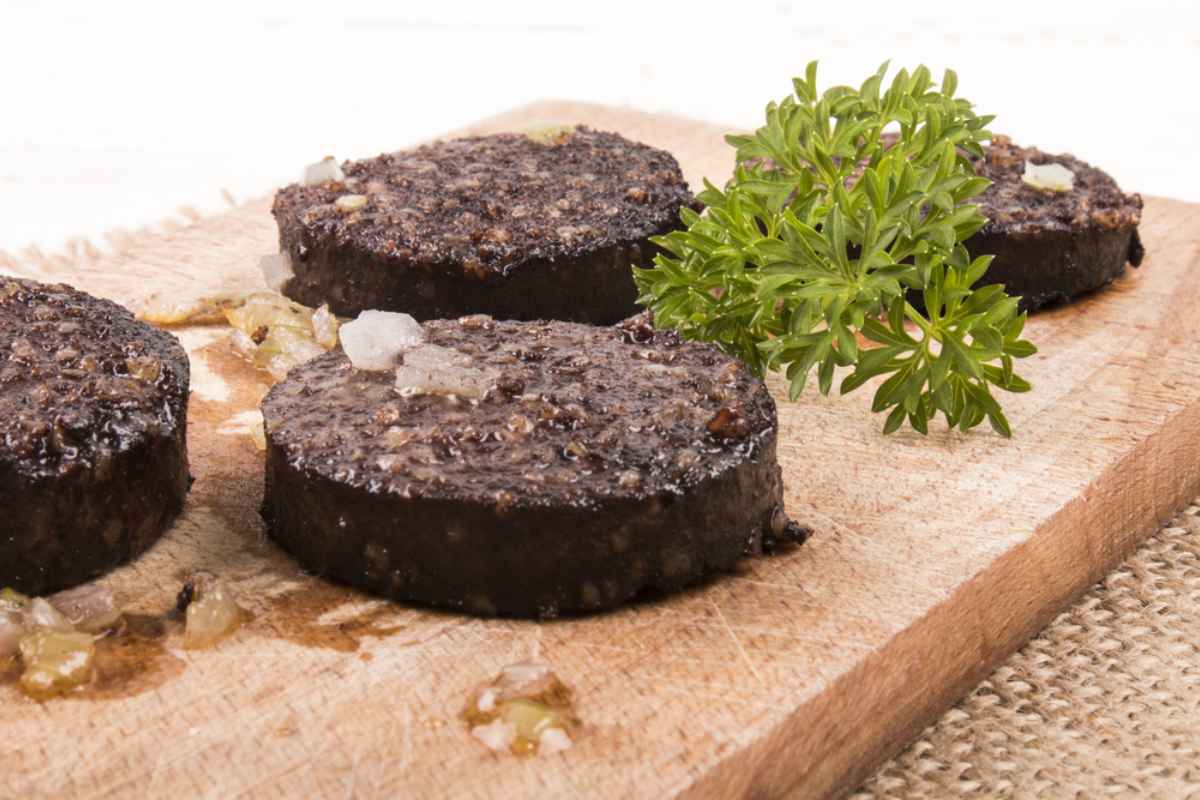
Hakarl - Fermented Shark
This is definitely a different take on seafood in Iceland. Hakarl is one of Iceland's national dishes (officially) which will give even the most adventurous palate a run for its money. If eating rotten shark meat sounds less than appetizing, that's probably because it is.
This questionable Icelandic food has been described as rancid, toxic, and the world's most disgusting food. It's definitely not for the faint of heart and will have even the most experienced foodies eyeing it with suspicion.
It's made with Greenland shark that has been cured using a special fermentation process. It's been hung out to dry for four to five months before it makes its way to you. Hákarl has a fishy taste and a very pungent ammonia smell. Perhaps the strong odor is why we usually only eat it once a year at Christmastime.
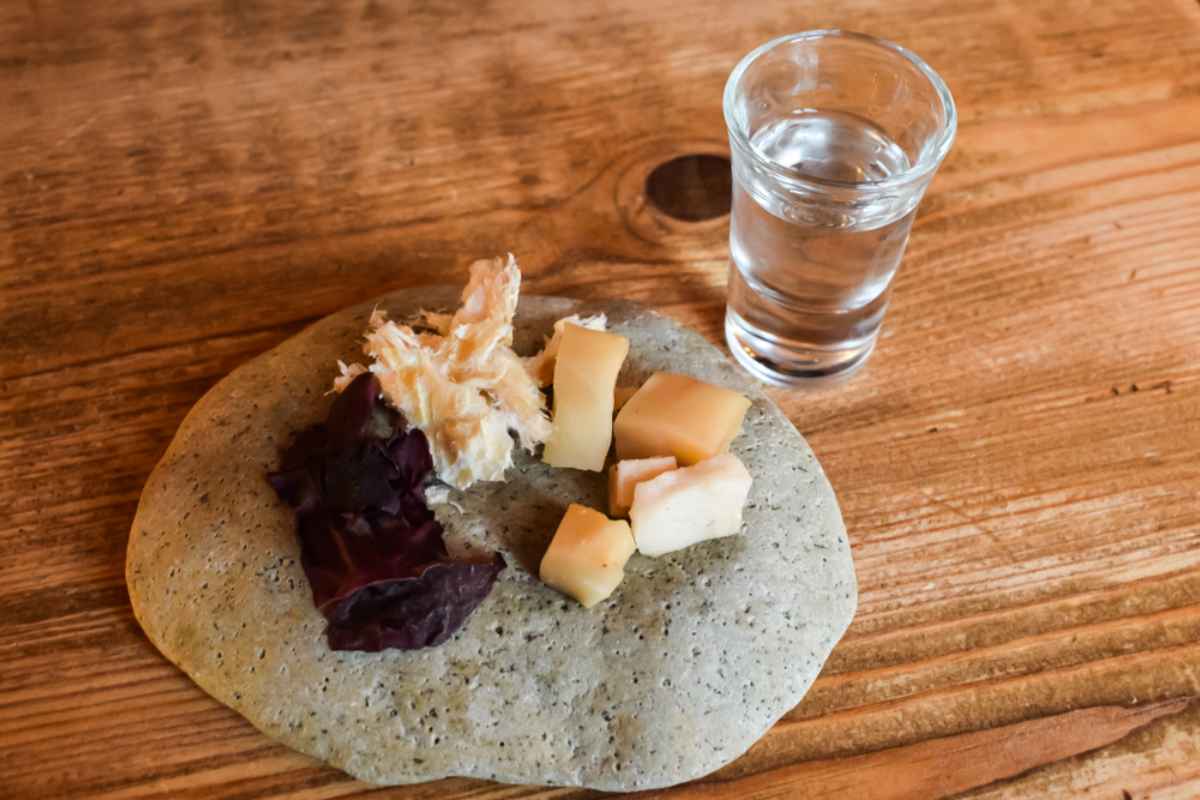
Svid - Boiled Sheep Head
This dish originated from when Icelanders couldn’t let a single part of an animal go to waste. Icelandic sheep roam freely and their meat became a popular ingredient in traditional Icelandic dishes. While Svid is not the most common way to eat sheep meat, you will occasionally see people enjoying it.
If you want to try something original and different, this definitely falls under that category.
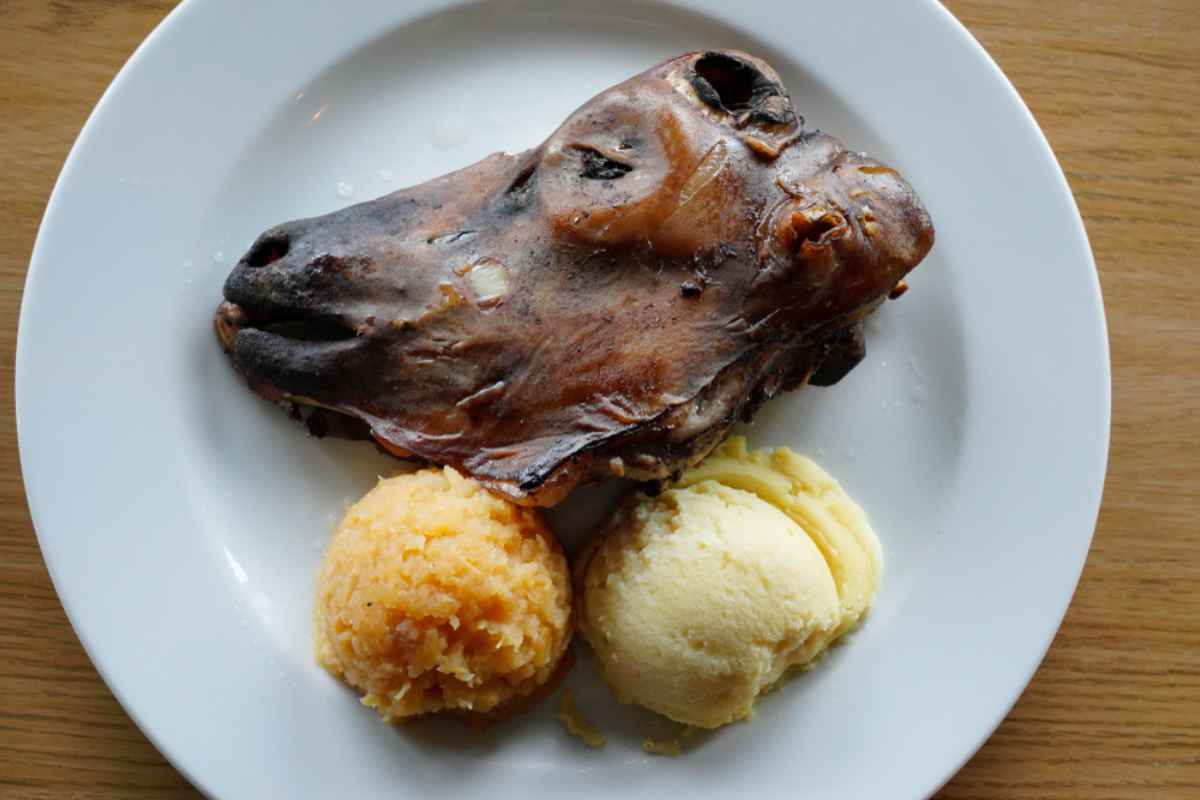
Hrutspungar - Pickled Ram Testicles
If you thought you were getting off easy with a boiled sheep’s head, not so fast. Ram testicles are another strange Icelandic dish you can try. They are cured in lactic acid, which gives them a sour taste. Icelanders are fans of this dish, so why not give it a try?
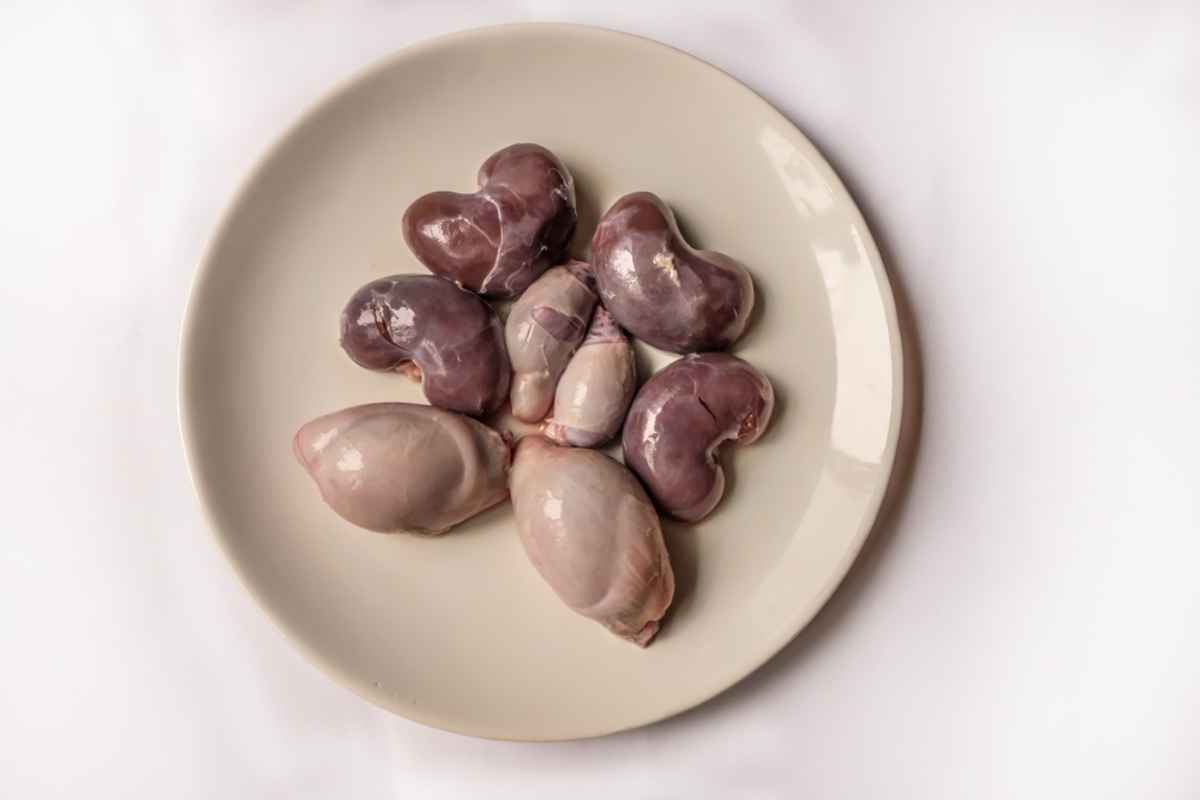
Puffin Meat
Iceland’s official bird is the Atlantic Puffin. They are beloved for their unique appearance and charming personality.
Thus, this is definitely one of the most controversial of Icelandic cooking, especially once you see a tiny little Puffling waddling your way. But despite the controversy, it remains legal to hunt Puffin, and it can be found on many a restaurant menu here on the island. It is a dark meat and many say that it tastes like game and is fattier than chicken or fish.
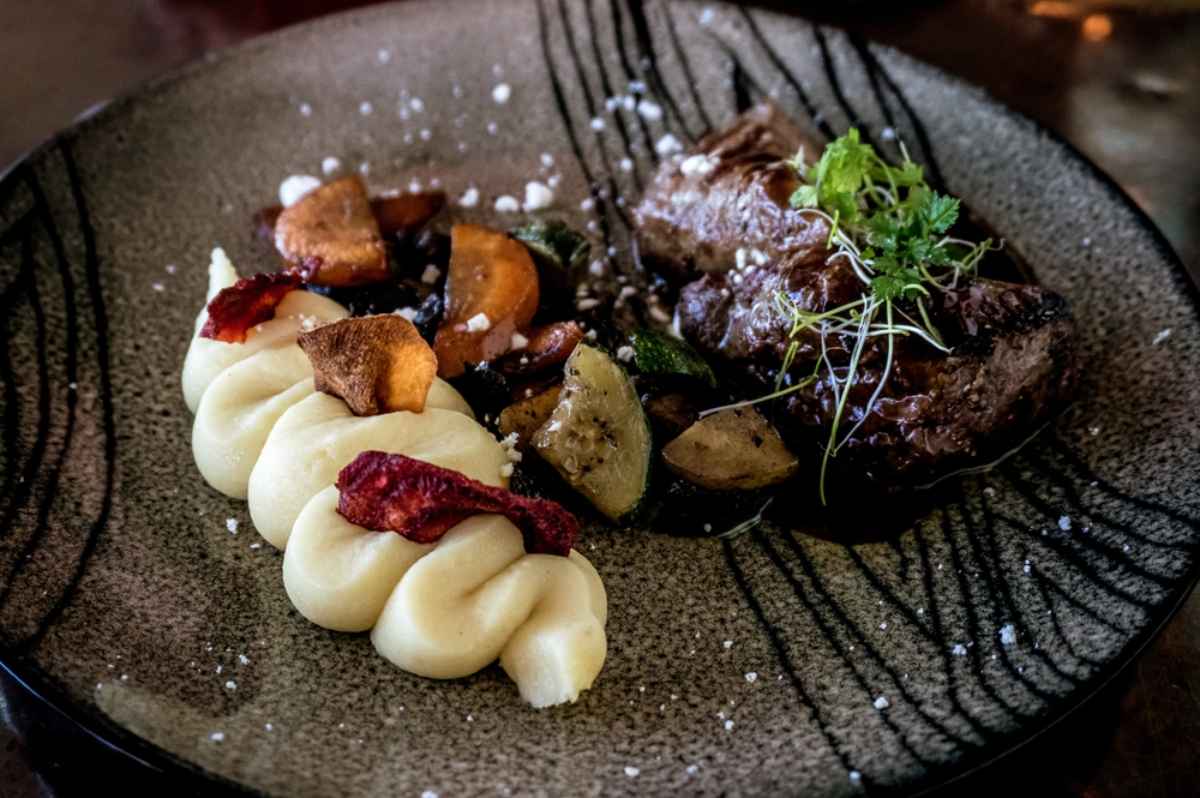
Whale Meat
Sticking to controversy, this is an Icelandic fish dish that many prefer to give a skip. There’s a false stereotype about Icelanders when it comes to whale meat. Actually, contrary to popular belief, whale meat has actually never been a favorite amongst Icelanders.
Although you can still find this dish on some of the local restaurant menus, recent studies strongly suggest that only 2% of locals still eat whale meat.
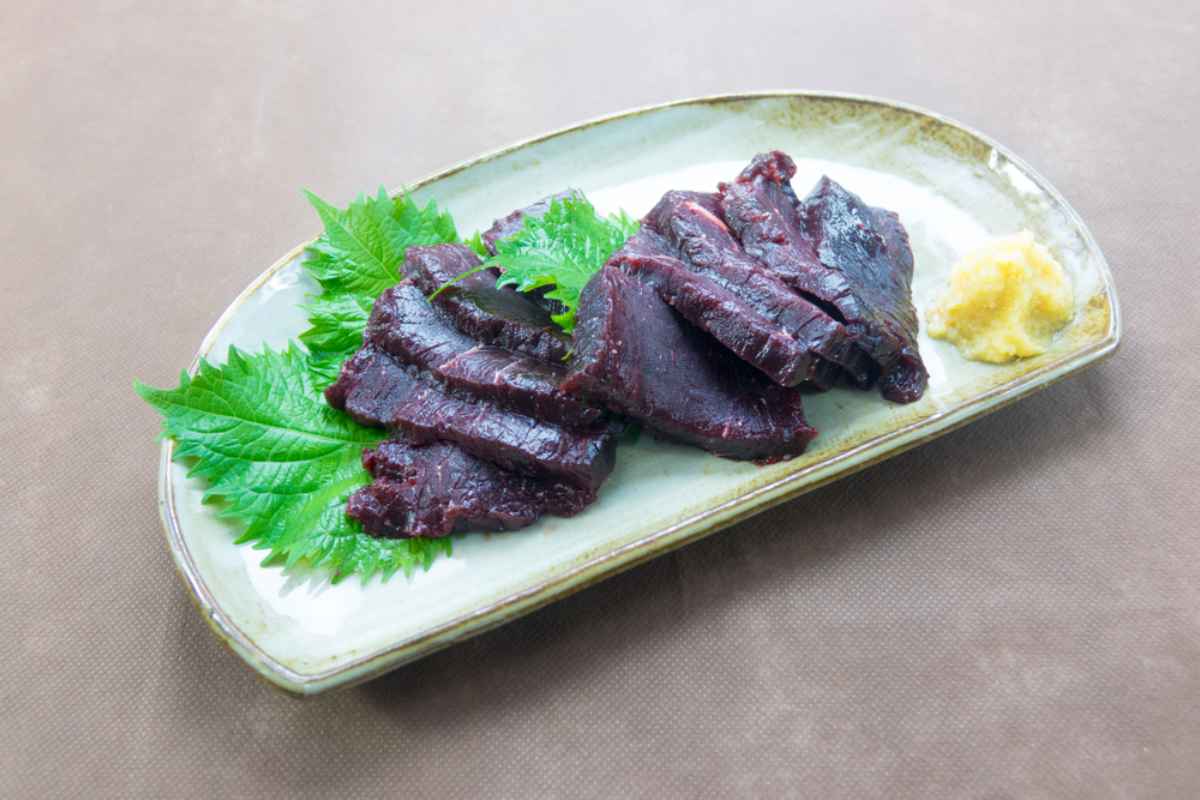
Icelandic Alcohol
Alcohol is incredibly expensive here on the island, so we recommend that you be very picky about when and which to buy. But the following come highly recommended:
Brennivín: Iceland's National Liquor
You can’t get more authentic Icelandic than this. This signature beverage is distilled from fermented grain mash, combined with the island’s high-quality, high-PH water, and flavored with caraway.
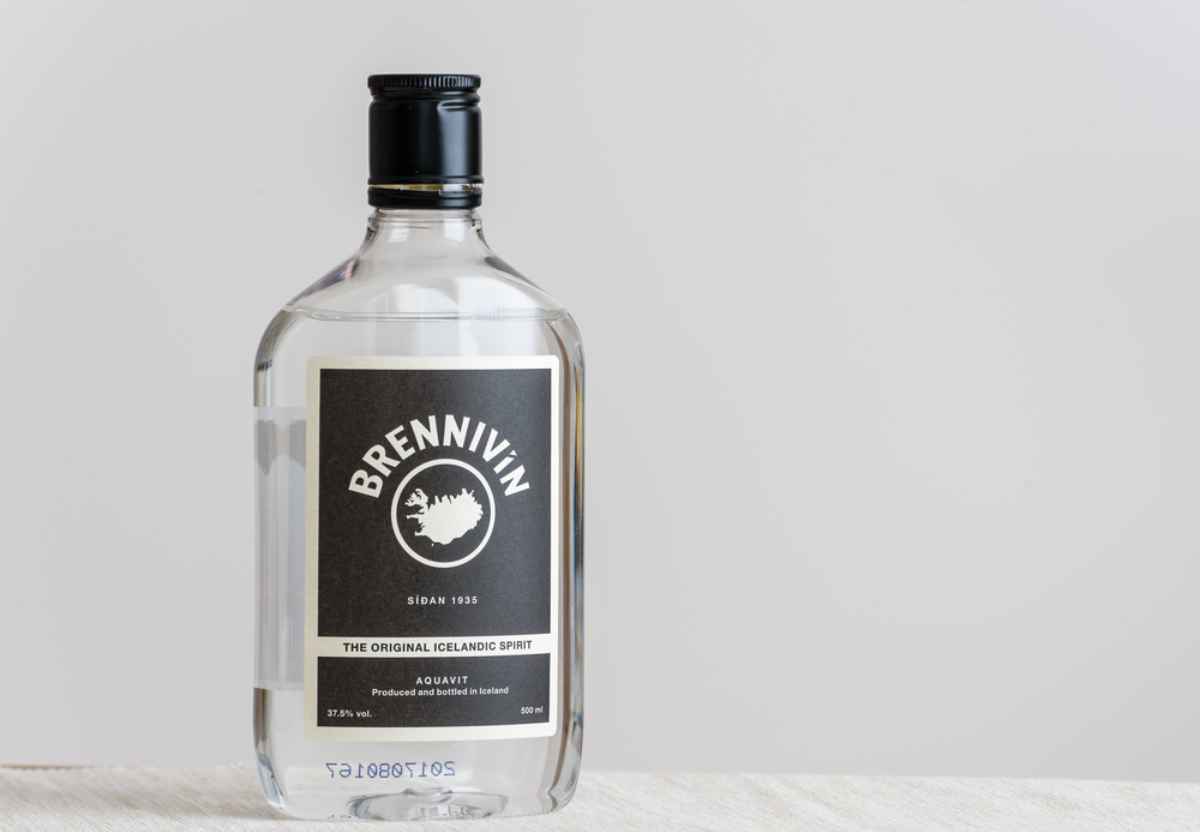
Other Icelandic Hard-Liquor
When it comes to other liquor found in Iceland that you must give a try, we suggest the following:
-
Fjallagrasa Moss Schnapps
-
Reyka Vodka
-
Topas
Icelandic Craft Beer
Many don’t know that Icelanders are big on craft beer, and we have quite a few breweries here on the island. Icelandic beer is crafted using pure glacier water and has a distinct taste influenced by the country's unique environment. Some of the local beers that you should definitely give a try are:
-
Viking Gold
-
Egils
-
Kaldi
-
Einstok
-
Kisi
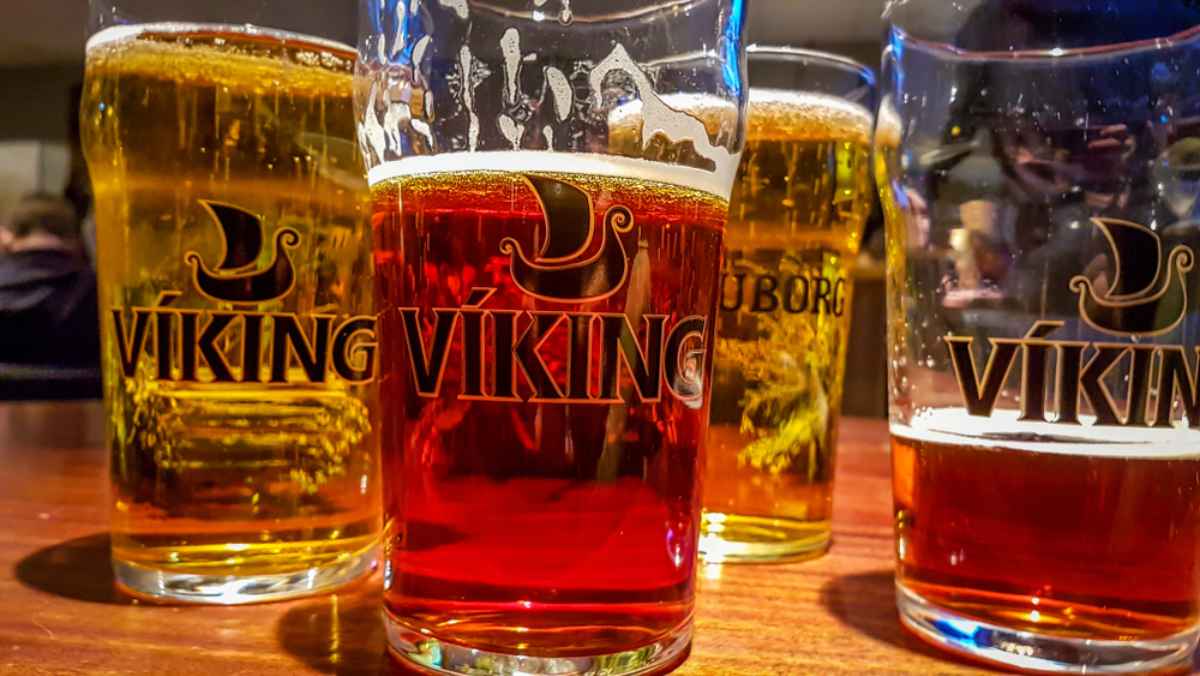
What's a Typical Icelandic Meal?
This is a good question to ask since many envision everyone on the island devouring sharks, whales, Puffins, and all sorts of other odd dishes all day long. Whilst we most likely enjoy similar food to you, such as pasta, pizza, hot dogs, etc. our daily dishes will probably revolve more around different recipes that include Skyr, fish, lamb, and veg.
A Typical Icelandic Breakfast
A typical Icelandic breakfast can include thick oatmeal (hafragrautur), Skyr with jam, bread with butter, and cod liver oil (but we mentioned this already).
Although these elements will also be found when staying at a hotel or bed-and-breakfast, you’ll also find a buffet of breakfast things such as cereal, eggs, bacon, sausage, cold meats, cheeses, and bread.
Either way, when visiting the island, you can rest assured that you’ll be able to sample our local breakfast cuisine, whilst also enjoying global breakfast favorites.
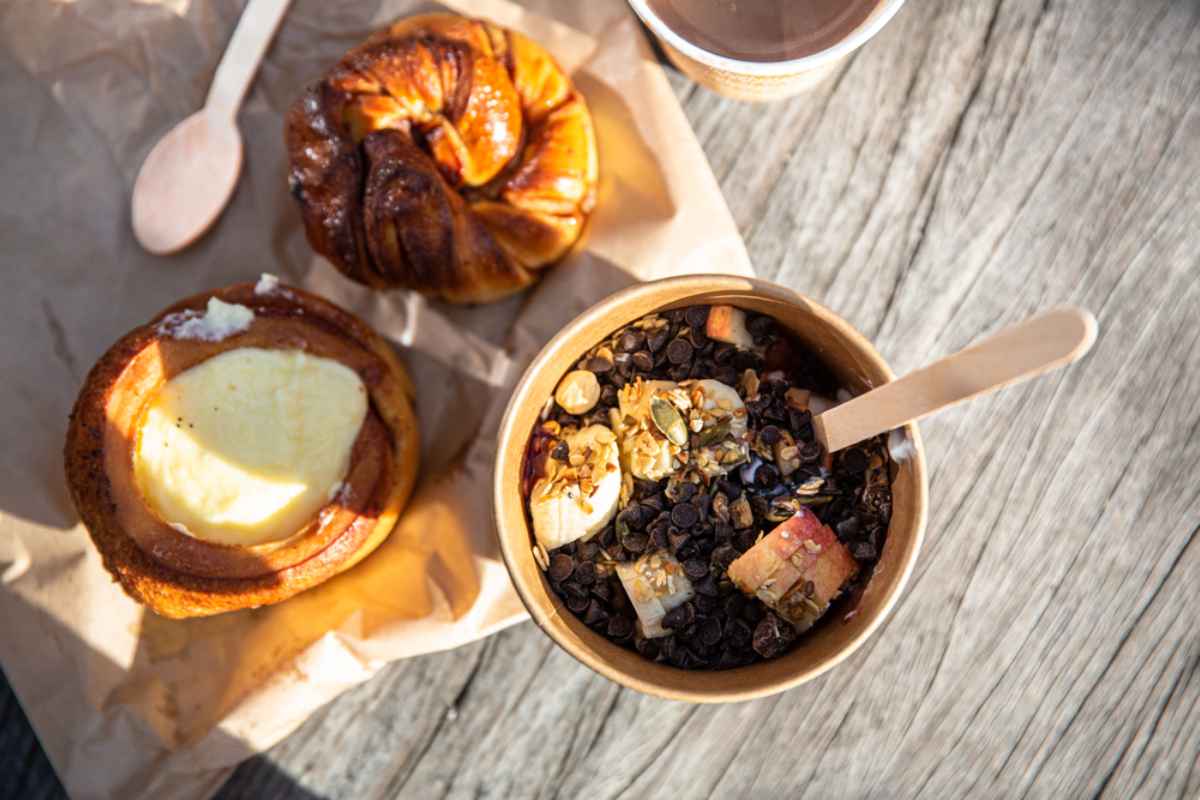
A Typical Icelandic Lunch
You can opt for something like hot dogs or other typical Reykjavík street food, but if you want to stay authentically Icelandic, there’s one particular lunch that should definitely be on your lunch menu.
It is called the Hangikjot Sandwich and essentially consists of thinly sliced smoked lamb in between two slices of Flatkaka bread. What condiments you would like to add remains up to you. Most restaurants in Reykjavík offer the traditional Skyr (a yogurt-like cheese) on their menu. That’s nothing but the perfect accompaniment for your Icelandic lunch!
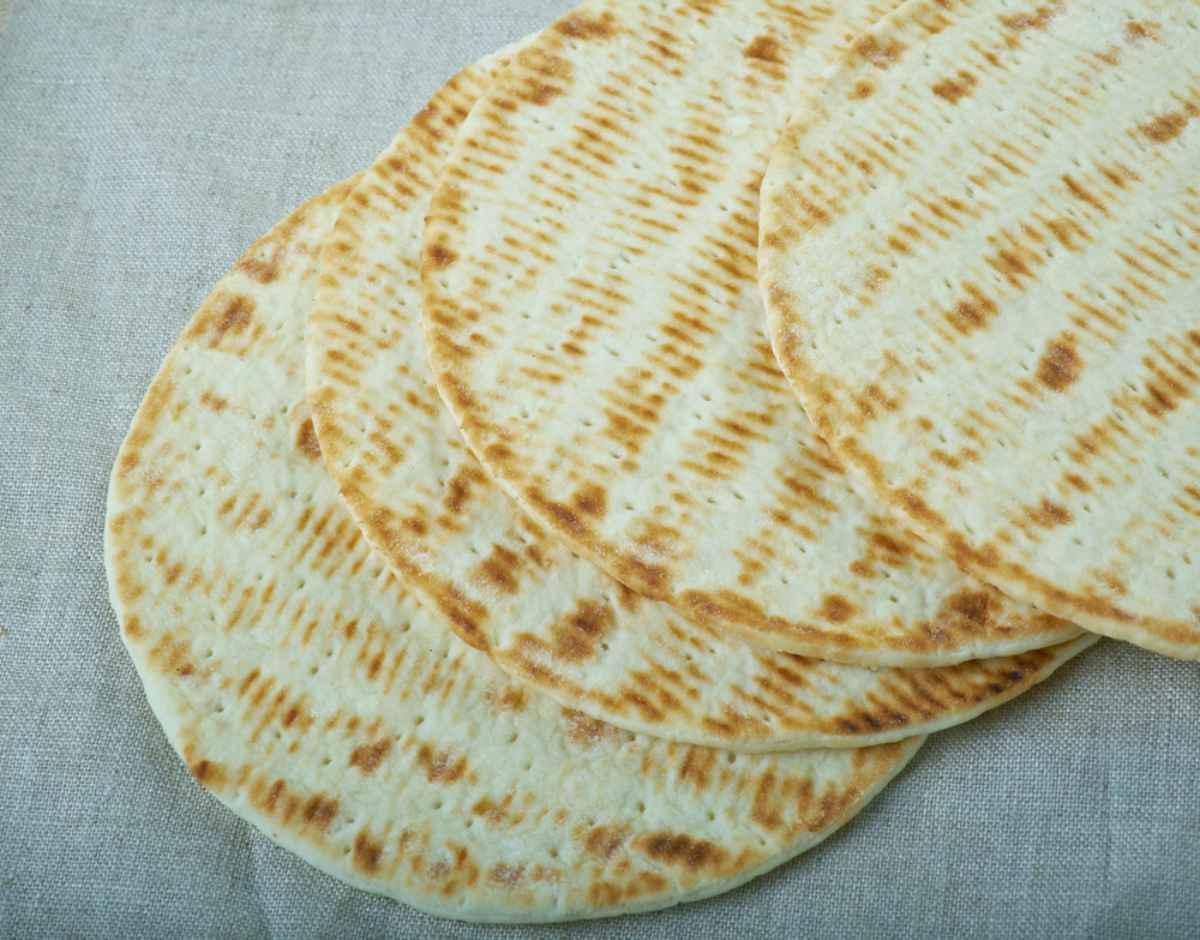
A Typical Icelandic Dinner
As we already mentioned, the main dinner dishes will revolve around fish, lamb, and veg which could be anything from Icelandic Lamb Stew, a type of soup (they are not just Icelandic appetizers), or a fish dish.
You will most often find Icelanders chowing down on some salmon, cod or haddock, or some lobster (although the latter is quite an expensive option even for locals).
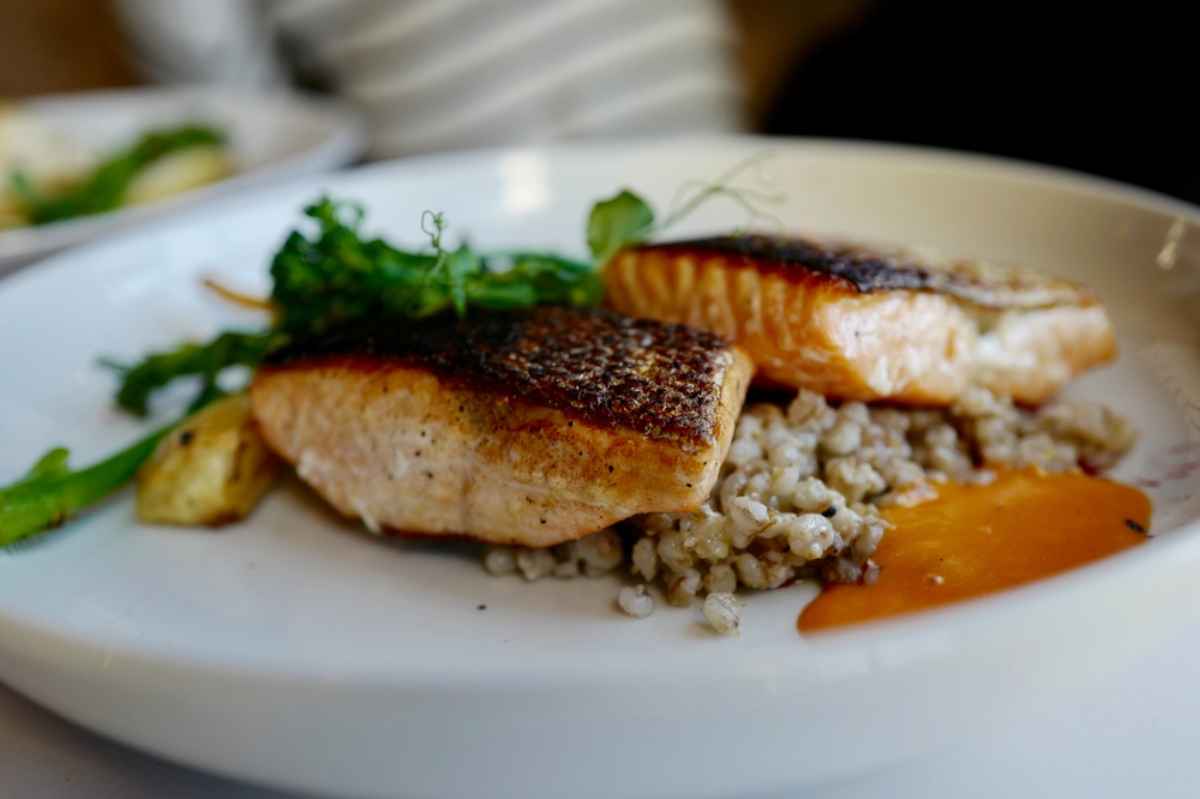
Traditional Christmas Dishes
We already mentioned that roast lamb is a favorite amongst Christmas dishes, but we also have a few other meat dishes that are quite popular and common. These include ham and Ptarmigan.
These are usually served with veggies as well as gravy and jam. We then like to finish off our Christmas meal with a traditional dessert called Jolakaka or Icelandic Christmas Cake, which is essentially a buttery loaf cake that’s seasoned with cardamom and includes raisins. It is usually served along with some coffee.
Iceland Food; a Tastebud Adventure
Visiting the Land of Fire and Ice will always be an adventure with its volcanoes and glaciers, hot springs, and ice caves. But once you go down the culinary road here on the island, it is much of the same.
So, why not embark on a culinary adventure in Reykjavík and savor authentic Icelandic flavors on a delectable food tour? Get ready to indulge in traditional Icelandic cuisine!
You will come across delicious local dishes that you’ll probably want to start making at home, and you’ll also come across a few that you might not have the stomach for or boast that you “at least tried”. Just like the country, Icelandic foods and drinks are a unique experience and will leave you with memories to last a lifetime.









